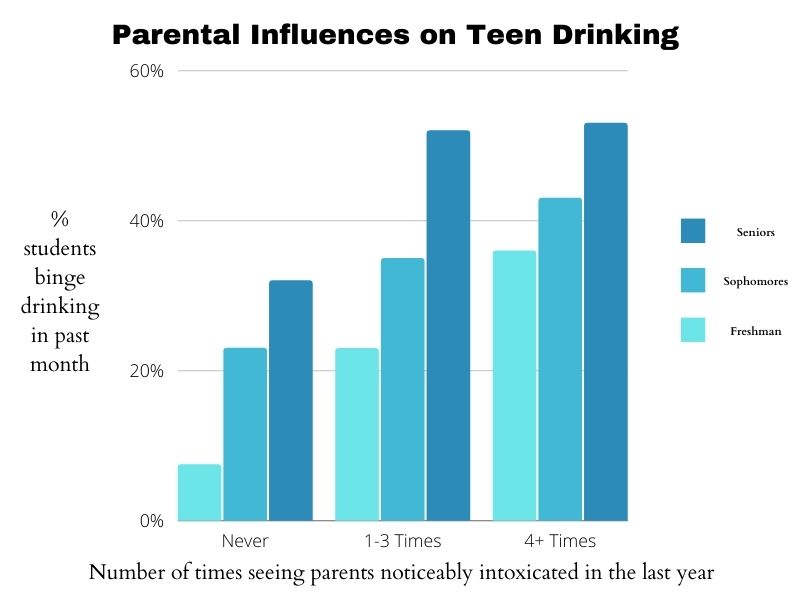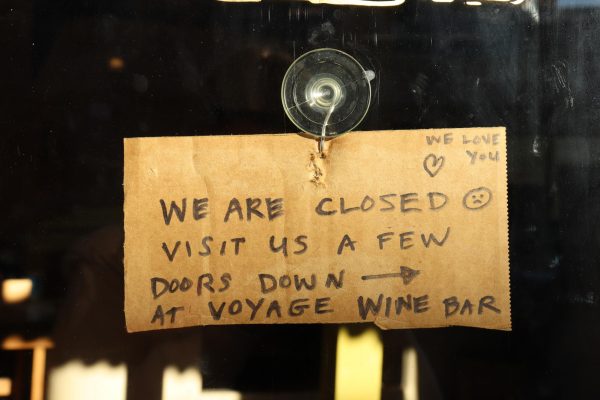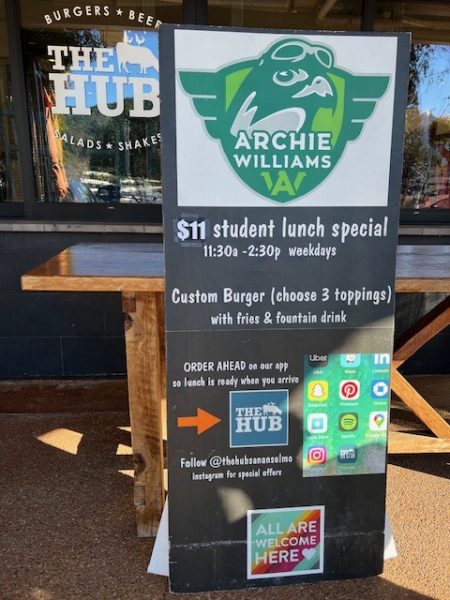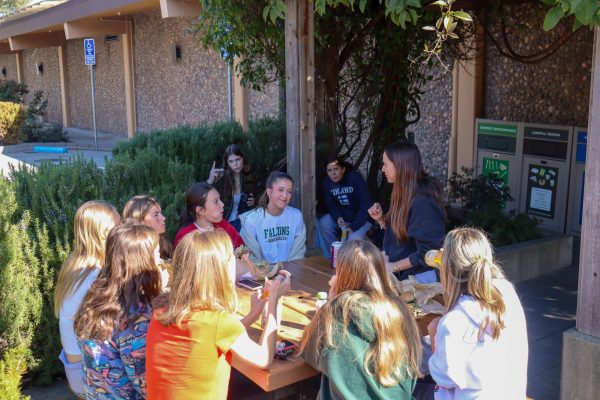Accessibility to alcohol plagues Marin County teens
Information taken from informal study done by Redwood students in 2016.
With the ubiquity of accessibility, privilege, and wealth In Marin County, alcohol use and abuse are prevalent issues for many students. Regular substance use and binge drinking rates in Marin are among the highest in California and are especially increasing among teenagers.
Alcohol dependency can start at a young age and can quickly become a serious issue with long-term effects. Teens who begin alcohol use before the age of 15 are five times more likely to become addicted than those who begin use at the legal drinking age of 21. According to the 2017-2019 California Healthy Kids Survey, approximately one-third of the Tamalpais Union High School District’s (TUHSD) eleventh graders reported recent binge drinking (within one month of taking the survey).
According to AWHS Wellness Coordinator, Katrina Southard, teenage alcohol use is largely attributed to the binge drinking culture of parents in Marin County.
“Statistically, Marin County has a fairly high rate of alcohol use and binge drinking among adults. That use behavior could trickle down, and students might start drinking a little earlier than they would if they were living somewhere where the alcohol use rate was not as high,” Southard said.
This “fairly high” rate isn’t new. In 2012, the Marin County Civil Grand Jury made a report on youth alcohol use.
“Marin County is the healthiest county in California except for one startling statistic: its excessive drinking rate is nearly 50% higher than the California average and three times higher than the U.S. average,” the Grand Jury’s report said.
Kelsey Fernandez, the Executive Director and Program Coordinator for Public Health Policy for Marin Healthy Youth Partnerships, also says that there is a definitive correlation between teenage drinking and parent alcohol use.
“At some point, there’s often a breakdown with the adults, whether it’s shoulder tapping or it’s parents having alcohol in the home that the kids can get, or it’s through a store that’s not checking IDs or it’s something like that,” Fernandez said.
Easy access to substances, particularly alcohol, correlates with white privilege, which Merriam-Webster defines as “The set of social and economic advantages that white people have by virtue of their race in a culture characterized by racial inequality.” Marin’s population is 85.3 percent white (2019) which, along with economic status, creates prime conditions for the accessibility of alcohol and underage substance abuse.
Along with this, teenage alcohol use coincides with mental illness within affluent communities. Published in The Journal of Studies on Alcohol and Drugs in 2012, researchers said that “children of more affluent families may be at a higher risk for anxiety- and depression-related substance use.”
This is especially applicable in Marin, as only 6.9 percent of the population lives below the poverty line as of 2019.
Along with easier access, Marin youth have a stronger drive toward substances from social or familial pressures. Affluence in a community like Marin can put stress on young people to perform and meet an unrealistic standard of material success. To address mental health issues and external stressors in their lives, many students turn to alcohol.
“[The Culture of Affluence: Psychological Costs of Material Wealth by Suniya S. Luthar] has suggested that risk may increase for children in affluent families because they experience greater achievement pressure combined with isolation from parents who have careers that are more demanding,” researchers said in the 2012 article published by the US National Library of Medicine’s Journal of Studies on Alcohol and Drugs.
These factors contributed to the current drug or alcohol use rate being at 57 percent for juniors in TUHSD, compared to the 23 percent for juniors across the state in the same 2017-2019 California Healthy Kids Survey. An opt-in survey organized by students at Redwood High School in 2016 showed that the more parents drank excessively around their children, the more likely students themselves were to drink excessively.
“Peers reported on their alcohol use and then answered questions about their parents’ alcohol use. There was a very definitive correlation between the students’ use and the parents’ perceived use,” Fernandez said.
Although teenage drinking rates are often higher among those whose families drink excessively around them, some AWHS students have explained that observing their family’s alcohol use has made them more cautious around the substance. The threat of gaining an addiction can hold teens in a state of fear, especially having witnessed the consequences of substance abuse firsthand.

“They take for granted that they aren’t reliant on the substance and can use it at free will. I know that the second you come down from that high, you will be even worse off than to begin with,” said an AWHS student, who prefers to remain anonymous for privacy reasons. “It has definitely given me a fear of it, and because of that, now I can’t even have one sip or one hit of something without a complete panic attack.”
This relationship between students and substances is widely connected to the way family members change while under the influence and the fear of possibly becoming like them.
“When my dad was high, which he was most of the time, he would most likely be passed out, and if not he would go into a fit of rage over the tiniest things. I saw how it can affect you as a person and the downward spiral of becoming addicted,” said another anonymous AWHS student.
To combat the culture of heavy alcohol use in Marin, organizations like Marin Healthy Youth Partnerships and wellness centers at high schools encourage harm reduction programs and education.
“We know that education is important because it’s important for young people to have the facts and the information and the data that they need in order to make healthy choices for themselves,” Fernandez said.
Additionally, Fernadez said that “smart policies” are necessary in order to encourage teens to make better health choices.
In Marin, teens are negatively impacted by a drinking culture made worse by wealth, privilege, academic pressures, and a focus on material success. Until these factors are eliminated or changed, teen alcohol use in Marin may continue to spike.
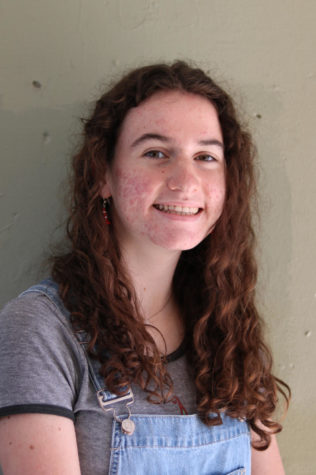
Isabella is a junior, starting her first year in journalism. She loves “That 70’s Show”, skateboarding, and buying stickers. You can find her shopping...
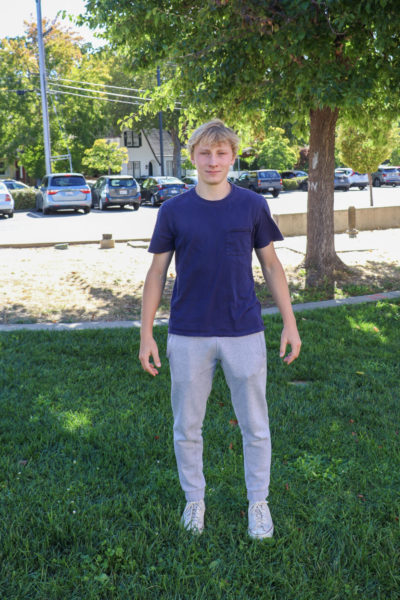
Elliot is a senior, in his third year of journalism. He loves eating chicken pot pie and playing soccer. You can often find him watching Spongebob. He...



